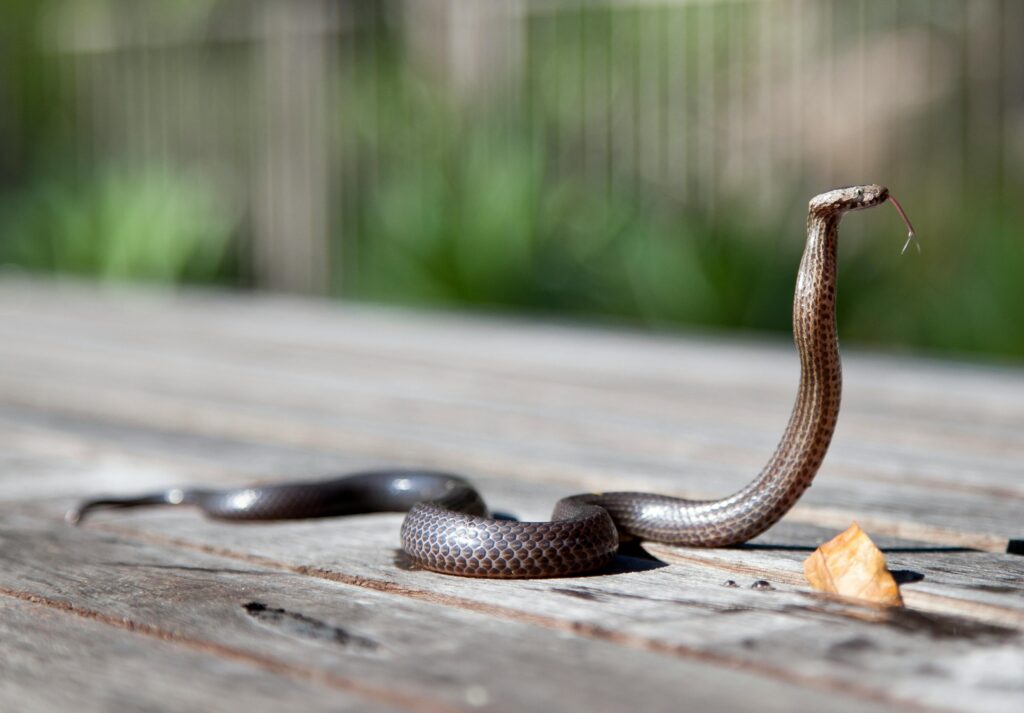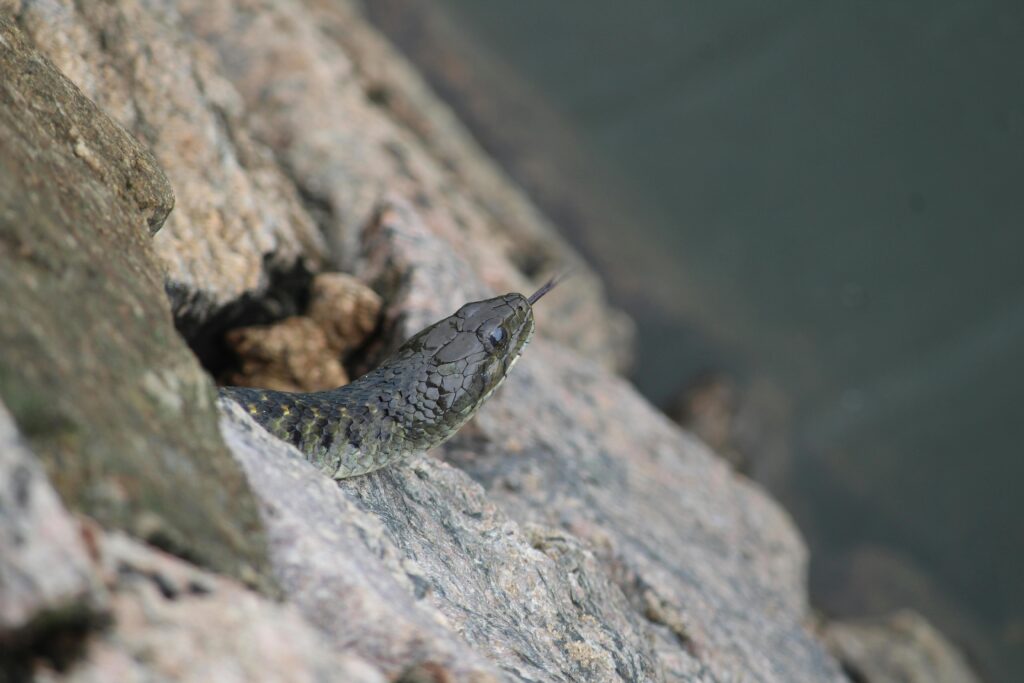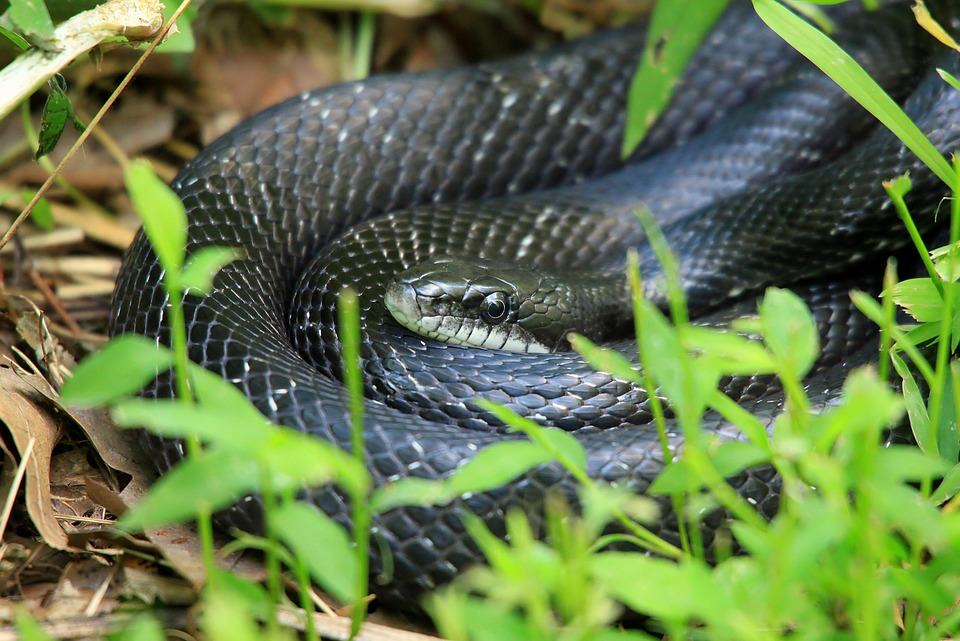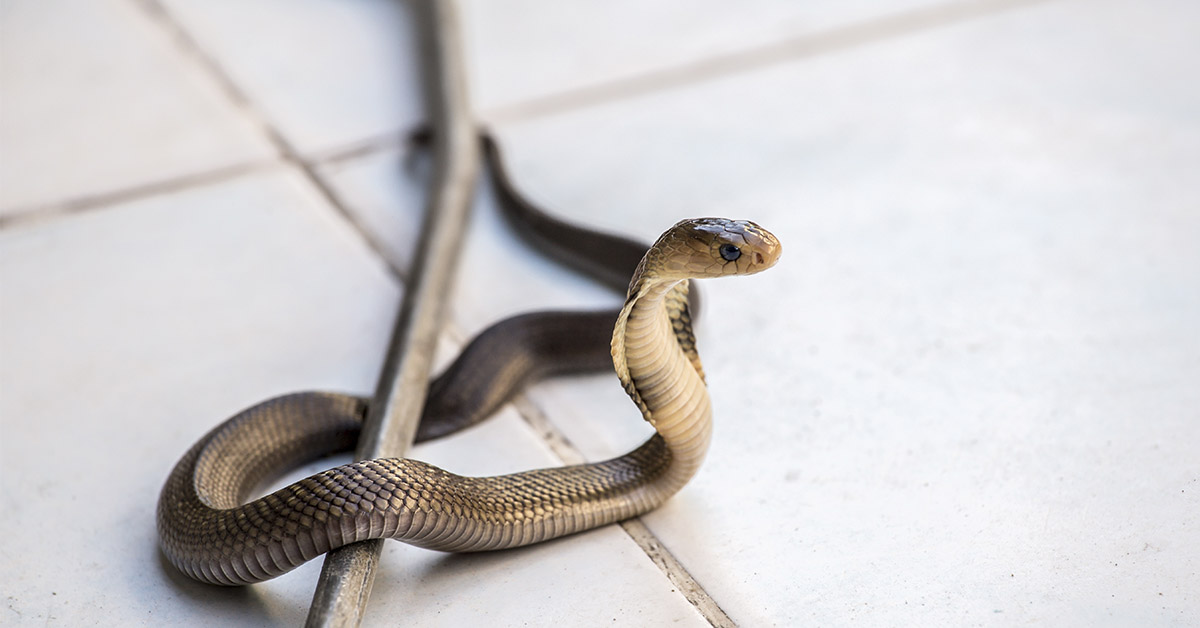Fall weather sends snakes searching for warm places to spend winter, making keeping them out of your home essential when they find your house perfect for shelter. Wildlife expert Caroline Seitz has worked with reptiles for over 30 years through her company Reptiles Alive LLC. She explains that these cold-blooded animals naturally head toward the heat your home provides when temperatures drop.

Two things draw snakes to your property: food and warmth. Your home becomes attractive when it offers prey like rodents, lizards, insects, and frogs. The heat from your heating system makes foundation walls especially appealing during cold weather.
Caroline Seitz notes something many homeowners miss. Any opening large enough for a snake also lets in rats and mice. These rodents create their own problems by chewing electrical wires and potentially starting fires. They also carry diseases. Sealing your home against snakes protects you from several threats at once.
Snakes Slip Through Spaces You’d Never Expect
Start with a thorough inspection of your entire property. Examine every potential entry point from ground level to the roofline. Be sure to focus on your home’s foundation, looking for unsealed wire or pipe conduits and cracks around plumbing, heating, cooling, or electrical systems.
Look under any porches, steps, and where decks attach to your house. Some snakes climb, so trees, shrubs, stone walls, or chimneys can provide access to higher entry points around eaves and roofing. Even spaces that seem too small for a snake can accommodate these flexible creatures. If a snake can fit its head through an opening, the rest of its body will follow.

Snake-Proof Your Home the Right Way
Once you’ve identified the potential entry points, seal everything except what you suspect might be the main entrance. To close off these openings permanently, use spray foam, steel wool, hardware cloth, mortar, or metal flashing. Hardware stores stock all these materials, making this a manageable weekend project for most homeowners.
Then, install a one-way door that allows any remaining snakes to exit without returning at the suspected main entrance. You can create this yourself using aluminum window screening. Roll the screen into a cylinder, insert it into the opening, and then be sure to keep the outlet end a few inches off the ground. Leave this in place for at least a month, or until late spring if you install it during fall.
Cover all vents with openings with steel mesh. This allows proper airflow while keeping snakes out. Weather stripping under doors, including garage doors, eliminates another common entry point.
Strong Smells Beat Poison Every Time
There are several natural substances that can convince snakes to look elsewhere for winter housing. These creatures have sensitive noses, so strong scents can effectively evict snakes already living in your home.
Vinegar works particularly well around water sources. Pour undiluted white vinegar around pond and pool edges to create a barrier that snakes prefer to avoid. For broader coverage, mix lime with hot pepper or peppermint oil in a glass bottle and apply this mixture around your property’s perimeter.
Clove and cinnamon oil create an effective combination when mixed in a spray bottle. Apply this wherever you’ve seen snakes or suspect their presence. Garlic and onions planted outside work as natural repellents, or you can chop them up, mix with rock salt, and sprinkle around your yard.
Epsom salt scattered around entry points provides another deterrent, along with cedarwood oil. These methods offer humane alternatives to harmful chemicals while remaining safe around children and pets.
Short Grass Means Fewer Surprise Encounters

To keep snakes away from your property, remove their hiding spots and food sources. Clear rock piles, wood stacks, thick mulch beds, and dense shrubs. Cut the grass short and trim brush back from your home’s foundation.
Remove standing water, like birdbaths, or change the water often, since these attract rodents and other prey that draw snakes.
Store pet food inside and clean up leftover food right after feeding. Keep garbage in containers with tight lids to avoid attracting the small animals that snakes hunt.
Read More: Beavers Restored a Dying River in the Desert — Here’s What Happened
Stay Calm and Keep Your Distance
Remain composed and keep your distance if you find a snake in your house. Stay at least the snake’s body length between you and the animal. If the weather is warm outside and you’re near an exit door, open the door and use a long-handled broom to sweep the snake outside gently. In other situations, place a heavy trash can or plastic bin over the snake and weigh it down with any heavy objects.
If you have trapped it, most county animal control departments will remove it from your home. You can also contact a private wildlife removal company, but choose companies that use humane methods and avoid glue traps.
Some situations will need professional help straight from the start. If you suspect multiple snakes have moved into your home or you’re dealing with a venomous snake, contact licensed wildlife control services right away. These professionals have the right equipment and training to identify species safely and remove them without harm or hassle.
Killing Them Won’t Stop More From Coming
PETA experts remind us that snakes struggle to survive as human development reduces their natural habitat. These animals deserve respect and compassion. Most species entering homes pose no threat and actually benefit properties by controlling rodent populations.
You don’t need to share living space with them, however. Prevention remains your best defense. Killing snakes won’t solve the problem because more will arrive as long as attracting conditions remain. Sealing entry points, removing attractants, and using natural deterrents create lasting solutions. A well-sealed home protects your family while allowing beneficial creatures to find appropriate wild spaces for winter rest.
Read More: Top 10 Biggest Snakes in The United States

